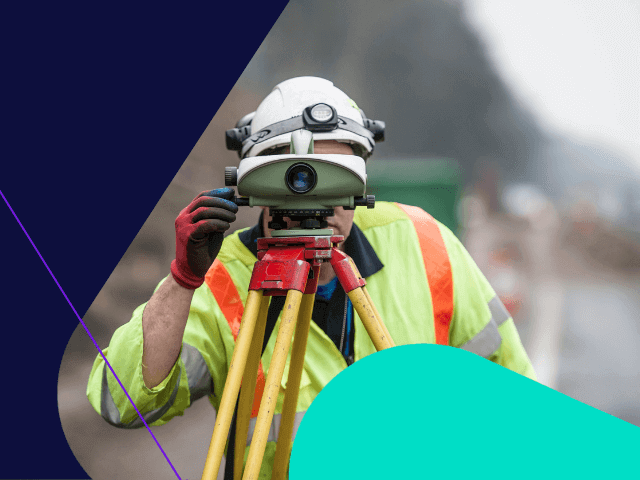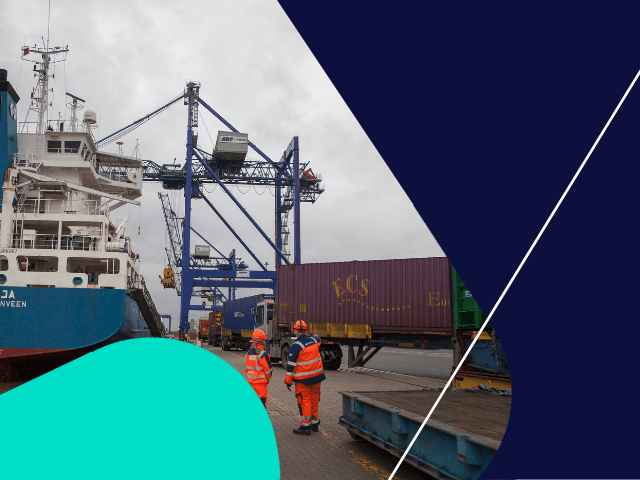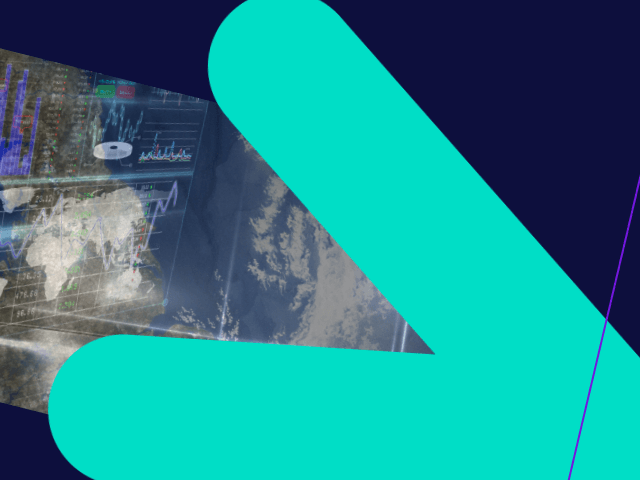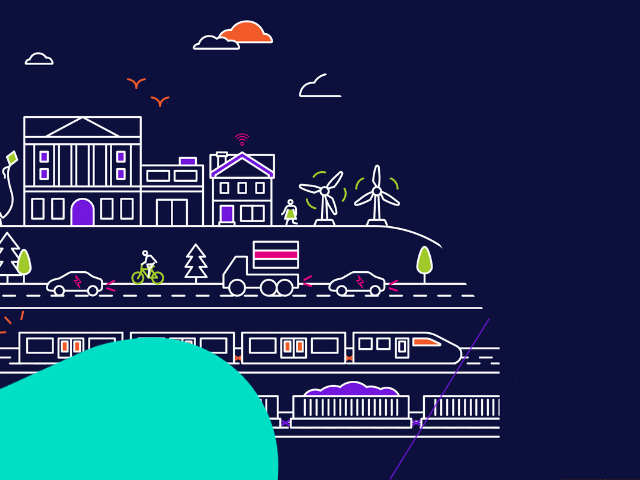Making decisions for an uncertain future
No one can predict the future but we can make sure our programmes are flexible and resilient to change. There are two categories of factors that can influence how we deliver the Investment Programme:
- Industry Governance
- External Factors




